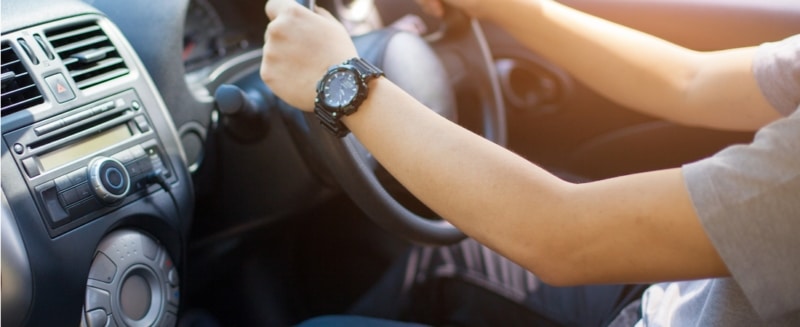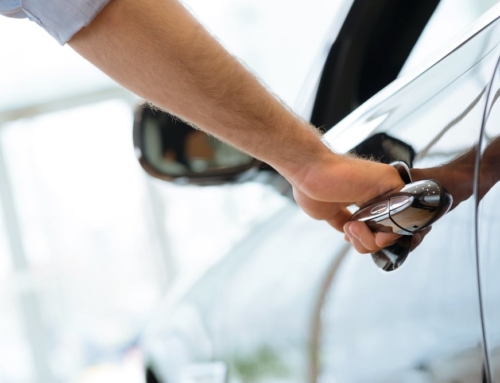Many well-meaning parents simply add their teen drivers to their existing insurance policy. The parents then focus more on driving lessons for their teens than on insurance alternatives.
But given young drivers’ learning curve, families may want to find a mileage-based policy that offers savings, solid coverage, and the ability to improve their children’s road skills, from the first stop-and-go session in a parking lot to that more challenging trip down the interstate—and beyond.
Simply signing up for a mileage-based program may earn a minimal discount, but people who spend fewer hours behind the wheel can be eligible for further and more substantial reductions in premium. Less drive time can also help reduce bottom-line costs by cutting wear and tear on a vehicle, as well as fuel and maintenance costs. There is even a green benefit: Decreased driving leaves a smaller carbon footprint.
How mileage-based car insurance works
In a mileage program, a palm-sized device is installed in the car to track its overall performance and to record miles driven, speeds, rates of acceleration, braking, and time and location on the road. The unobtrusive monitor fits into a diagnostic port, usually under the steering wheel in most vehicles made after 1996.
Drivers—and their parents—can review the device’s data on a secure website. Knowing they are being monitored tends to have a positive influence on drivers, especially teens. A 2009 study by the Insurance Institute for Highway Safety showed that adolescents in mileage programs behave better behind the wheel. According to the Insurance Information Institute, car crashes are the prevailing cause of death among American teens, with excessive speed and distraction playing key roles, so this technology can be critical for young drivers. And adolescent drivers also are the most lethal, involved in three times as many fatal crashes as other drivers, according to the National Highway Traffic Safety Administration.
With Travelers’ IntelliDrive® program, customers can log in to a dashboard that provides detailed driving reports for as long as they are enrolled in the program. They also can set up time and distance parameters for their teens. Another option: text or email alerts to a parent if teens break curfew or go beyond agreed-upon limits.
Because the device and website are objective sources of data, the program lessens the eternal conflict between parents expressing legitimate concerns and teens primed to tune out such worry. The information gives parents a vital opportunity to coach their children on safe driving practices.
For example: If the data shows a teen accelerating too quickly or speeding, a parent can calmly explain, “With drivers racing through yellow lights and ignoring red ones, intersections can be tricky to navigate. That’s why so many accidents occur there. Slowing down and staying alert can help you through them safely.”
Parents have the most significant influence on their teens—despite the groans and eye rolling—and the enhanced skills learned within these programs can ultimately help young drivers.
Finally, do note that these programs can also benefit experienced drivers. The driver feedback they provide can go a long way toward recognizing and breaking bad habits while reinforcing and inspiring good ones.
Tony Hare is the managing product director for Travelers Personal Insurance.
[amazon_link asins=’B01LYZFSNN,B06XX79613,B00LM54ZD0′ template=’ProductCarousel’ store=’thinkglink-20′ marketplace=’US’ link_id=’54500861-47d4-11e8-ae9a-29bed313e402′]






